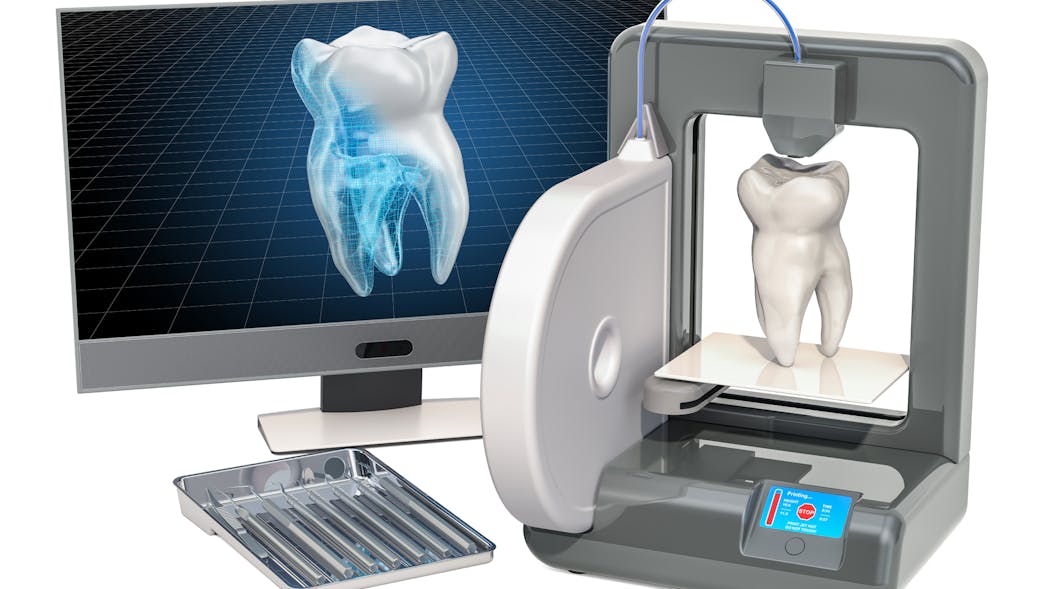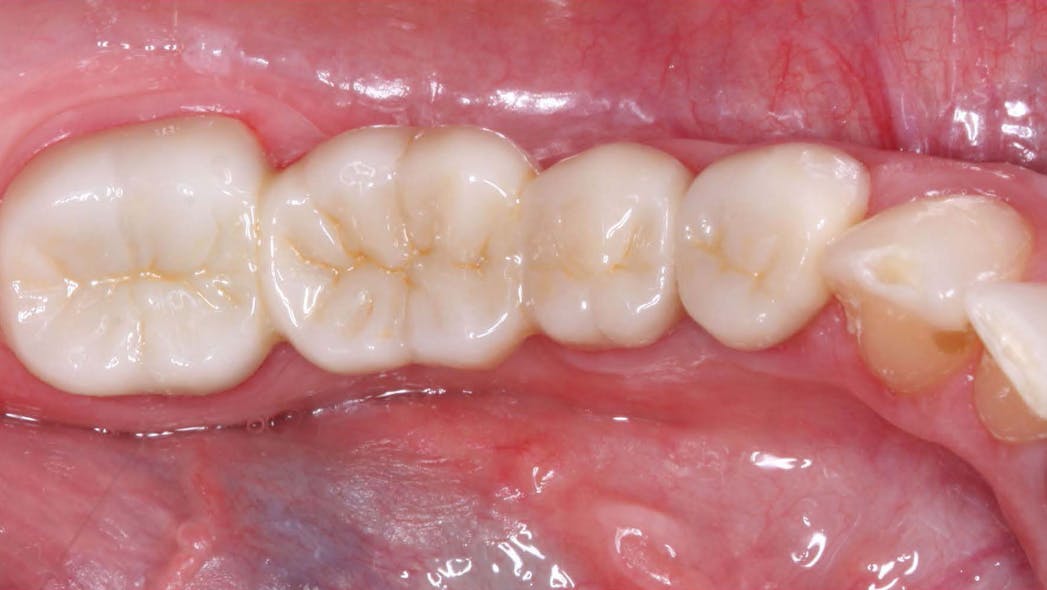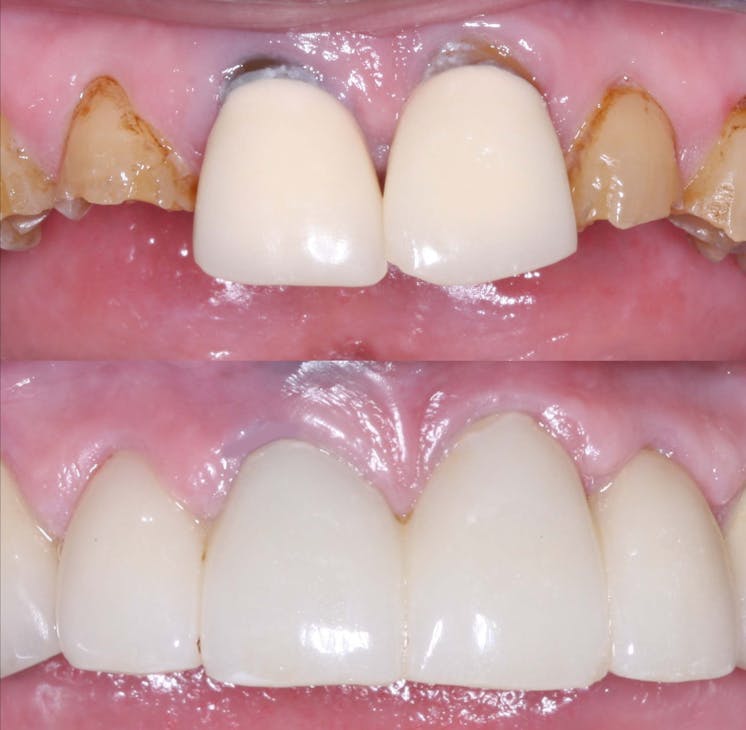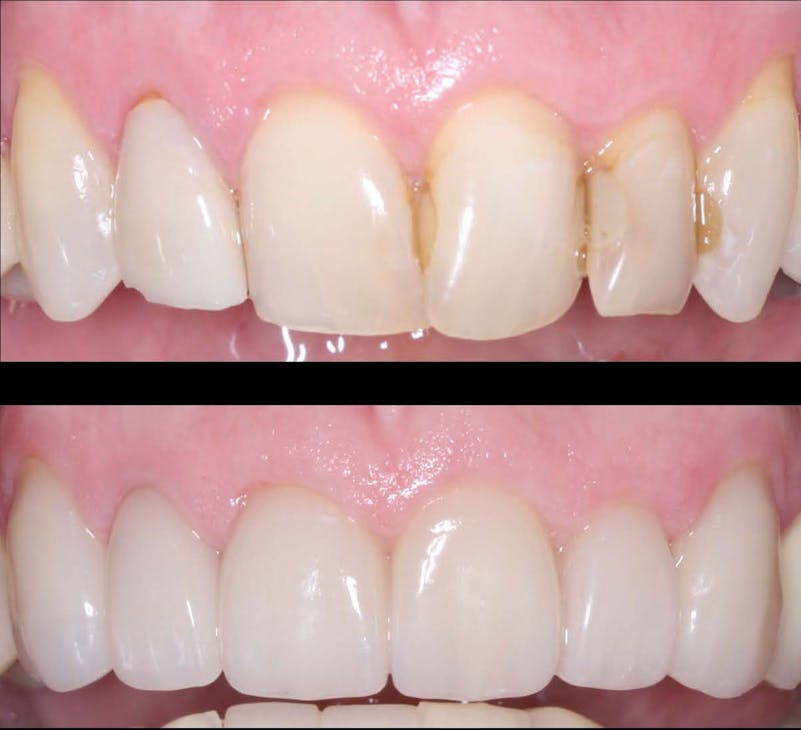Dental crowns are commonly used to restore damaged or decayed teeth, but there are various materials to choose from. Understanding the pros and cons of each type can help you make an informed decision about your dental care.
- Porcelain Crowns: Porcelain crowns are known for their natural appearance and color-matching capabilities. They are suitable for front teeth and offer excellent aesthetics. However, they may not be as durable as some other materials and can chip or fracture under extreme pressure.
- Metal Crowns: Metal crowns, typically made of gold or other alloys, are incredibly durable and long-lasting. They are an excellent choice for back teeth that endure significant chewing forces. However, their metallic appearance may not be aesthetically pleasing for front teeth.
- Porcelain-Fused-to-Metal (PFM) Crowns: PFM crowns combine the strength of metal with the aesthetics of porcelain. They are versatile and suitable for both front and back teeth. However, over time, the metal beneath the porcelain may become visible as a dark line near the gumline.
- All-Ceramic Crowns: All-ceramic crowns offer both strength and natural appearance. They are a preferred choice for front teeth and provide excellent aesthetics. While they are not as strong as metal crowns, advances in ceramic materials have made them more durable.
- Zirconia Crowns: Zirconia crowns are a type of ceramic crown known for their strength and durability. They are often used for back teeth that require significant chewing strength. Zirconia crowns also offer good aesthetics.
The choice of dental crown material depends on various factors, including the location of the tooth, your budget, and your aesthetic preferences. Discuss your options with your dentist to determine the best material for your specific dental needs.









Recent Comments